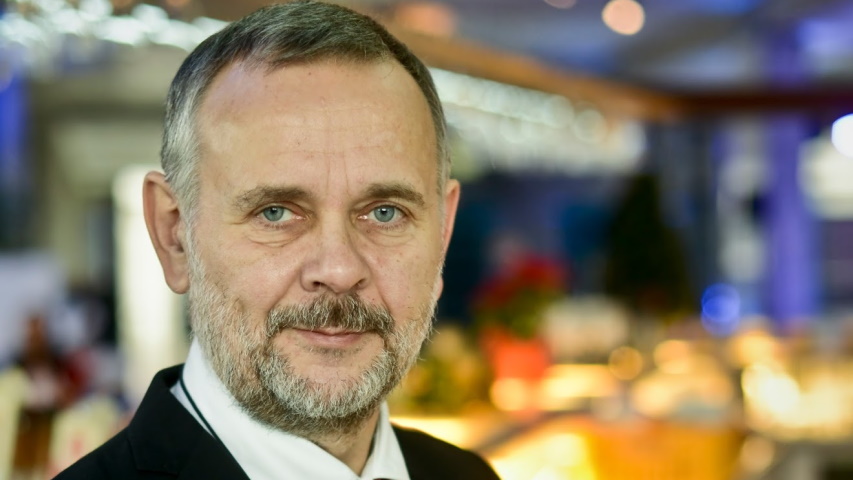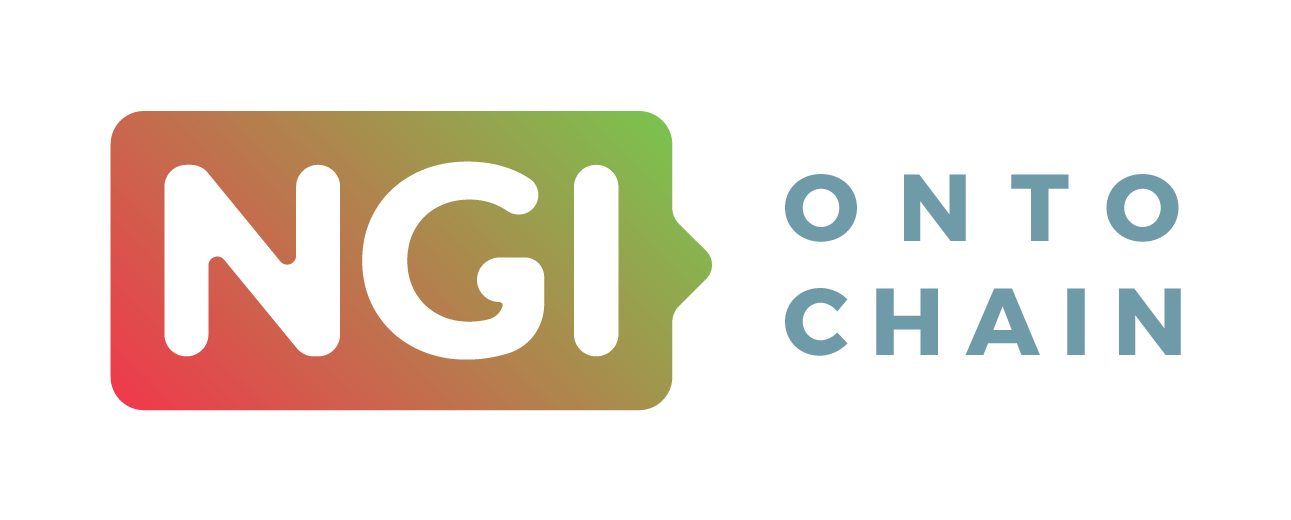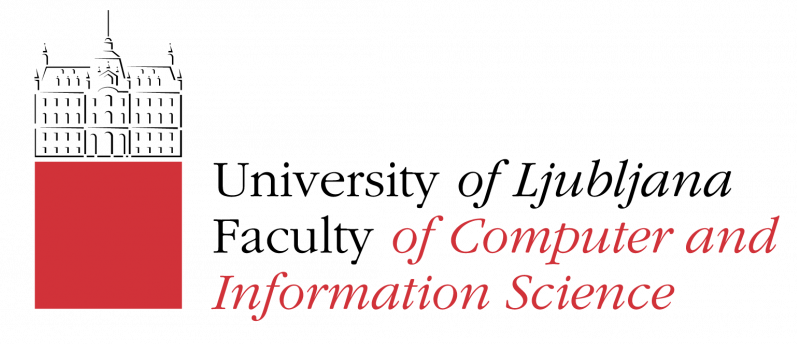GraphChain is a framework for semantic data management on Blockchain. The team behind this project explores the synergy between ontologies, semantic data and the Blockchain mechanisms. Find out more about the project and its contribution to ONTOCHAIN in this interview with Mirek Sopek.

Could you please introduce yourself?
My name is Mirek Sopek, I’m CTO of MakoLab SA (publicly traded company HQed in Lodz, Poland) and CEO of MakoLab USA, Inc HQed in Tampa, Florida, USA.
I have more than 15 years of experience of R&D projects in many different domains of semantic web, blockchains and artificial intelligence. I hold PhD in computational chemistry and I recently launched a new start-up – Quantum Blockchains - aiming at protection of blockchains from the threat of quantum computers.
How did you hear about ONTOCHAIN?
From the public announcement of the ONTOCHAIN Open Call 1.
What motivated you to apply?
We have been working on the concept of synergy of Blockchains and semantic databases since 2017. We were motivated by a chance for our project that resulted from that concept, GraphChain, to be an important part of an extremely interesting and important project like ONTOCHAIN.
How was the application process?
We found the application process well-organized. The application document was well- structured and balanced when it comes to the sheer volume of writing and the essential information. Both the templates and the Guide for Applicants were very helpful.
Can you briefly explain your project and its contribution to the ONTOCHAIN software ecosystem?
GraphChain is a framework for semantic data management on Blockchain, that explores synergy between ontologies, semantic data and the Blockchain mechanisms.
We believe that the synergy between Blockchain and semantic technologies is of high importance for all high-level goals of the ONTOCHAIN project. Our solution addresses a foundational technological challenge for ONTOCHAIN: storing on-chain data in native semantic formats. Semantic data stored on the ONTOCHAIN must conform to the fundamental rules of data integrity, confirmability, non-repudiation, and high-availability.
In the today’s world, storing and making available essential ontologies, smart data for reputation systems, or data used by Knowledge Graphs, should be fully decentralized. The data must be available across the entire network, without the degradation of performance or universality of search, the data use, or presentation. We believe that our project directly contributes to these goals of the project.
The ONTOCHAIN project is based on a co-development process, how can you benefit from an experience like this? And what type of synergies are you eager to explore with the other selected teams?
The co-development process applied in the ONTOCHAIN project is an excellent mechanism to discover and engage with extremely important uses cases for our project. Beyond the general interest of being a foundational technology for ONTOCHAIN, we are greatly benefiting from and are truly excited by interaction with teams which find the applications for digital identity, privacy protection, e-commerce and copyright security. In general, the synergy we see here is between our technological solution, directly resolving the problem of semantic data management on Blockchains and the other teams real-life use cases.
What are your expectations regarding the new software ecosystem that ONTOCHAIN will deliver, its contribution to the NGI priority areas, and benefits for end users?
We expect that ONTOCHAIN will deliver a huge value to the society by creating a large scale blockchain system that, for the first time in history, will enable KNOWLEDGE represented by Ontologies and semantic data objects – to gain the qualities of trust, decentralization and security and non-repudiation – so much needed for human knowledge. In turn, it will enable the growth of collective intelligence we can trust.

 This project has received funding from the European Union’s Horizon 2020 research and innovation programme under grant agreement No 957338
This project has received funding from the European Union’s Horizon 2020 research and innovation programme under grant agreement No 957338




